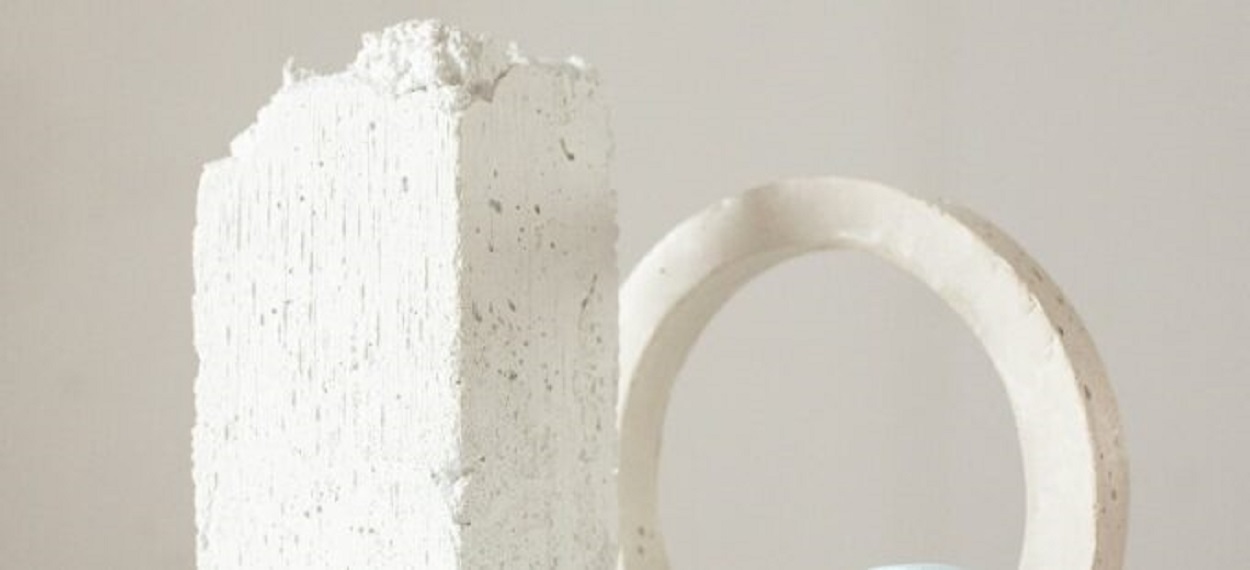In this article, thepassionatewriter.com will try to examine What is lightweight concrete called, also known as foam concrete, its advantages, and areas of use in the construction industry.
What is Lightweight Concrete?
We can summarize it as a type of concrete with wide application areas, made of mortar containing up to 75% air bubbles, using a light coarse aggregate. It should not be mixed with traditional concrete. Lightweight concrete has much less weight and density and does not have the same strength as traditional concrete.
Lightweight Concrete Types
1. Non-structural Lightweight Concrete
It has a specific gravity of less than 800 kg/m³. It has a compressive strength of approximately 0.35-7 MPa. They are generally used together with sound insulation foams.
2. Structural Lightweight Concrete
It has sufficient weight to allow its application to structural members. It must have a minimum compressive strength of 17 MPa.
3. Medium Light Concrete
These are concretes with a compressive strength of 7-17 MPa and a specific gravity of 8-14 kN/m³.
Types of Aggregates Used for Lightweight Concrete
1. Pumice Stone
It is preferred in reinforced concrete roof flooring and also in industrial roof manufacturing.
2. Frothy Slag
Its production is very common in England. It is one of the first lightweight aggregate types used in reinforced concrete.
3. Expanded Clays
It is a type of lightweight aggregate that can provide high strength for pre-stressed concrete.
Lightweight Concrete Types According to Density and Strength
1. Low-Density Concrete
They are generally used for insulation purposes. They have a low unit weight and a high thermal insulation value. Compressive strengths are between 0.69 and 6.89 N/mm².
2. Medium Density Concrete
It requires a high compressive strength for its use, which is between 6.89-17.24 N/mm². Medium-density concrete is generally used in voids that need to be filled (filling operations).
3. Structural Concrete
Insulation efficiency is low. The minimum compressive strength value is 17.24 N/mm². Aggregates such as clay, slag, and fly ash are used.
Usage Areas of Lightweight Concrete
1. Roof Insulation Screeds
Since it is low density, it does not put excessive load on the roof. It provides both thermal insulation and a smooth surface.
2. Mezzanine Floors
It can also be used to provide thermal insulation between floors.
3. Fire Prevention
If the ceiling plaster of traditional buildings is made with lightweight concrete mortar, it has the feature of preventing fire. The reason for this is that lightweight concrete has high fire resistance and prevents ignition.
4. Repairs of Potholes
It can also be used after applications that damage roads, such as laying pipes. This practice was first used in England and as a result, it was observed that these pits did not experience any collapse or deterioration in later times.
5. Infill Designs
We can say that lightweight concrete is an excellent material as a filler. Since it is very fluid, it has the ability to fill even the smallest gaps.
Durability of Lightweight Concrete
Lightweight concrete does not have any special resistance to the presence of groundwater, sulphate action, and the pouring of reactive liquids onto it. Using it in highly humid environments negatively affects its durability.
The main factors affecting the durability of lightweight concrete are; frost effect, shrinkage, and temperature.
Mechanical damage may occur on the concrete as a result of wear and overload.
Advantages of Lightweight Concrete
- It reduces the dead load on the structure.
- Since its wet load is low, it reduces the amount of support used in the openings and as a result, labor and costs are reduced.
- It provides cost savings when preferred in the floor, partition wall, and exterior wall stages.
- It does not require vibration after pouring.
- Since it is fluid, it does not require any extra process to spread it.
- It is a material that is resistant to fire and ignition and also provides convenience in terms of heat and sound insulation.

Leave a Reply